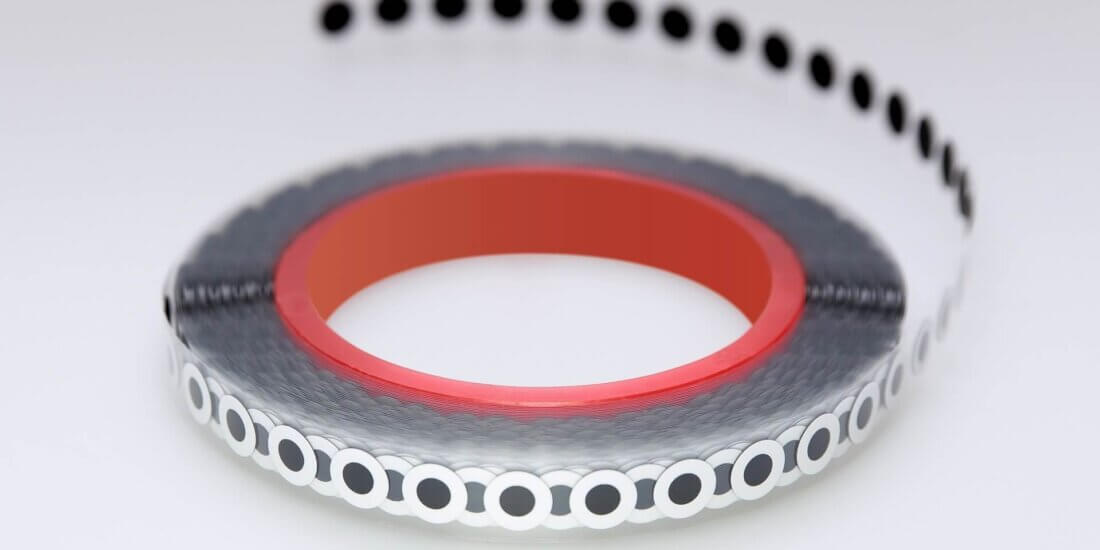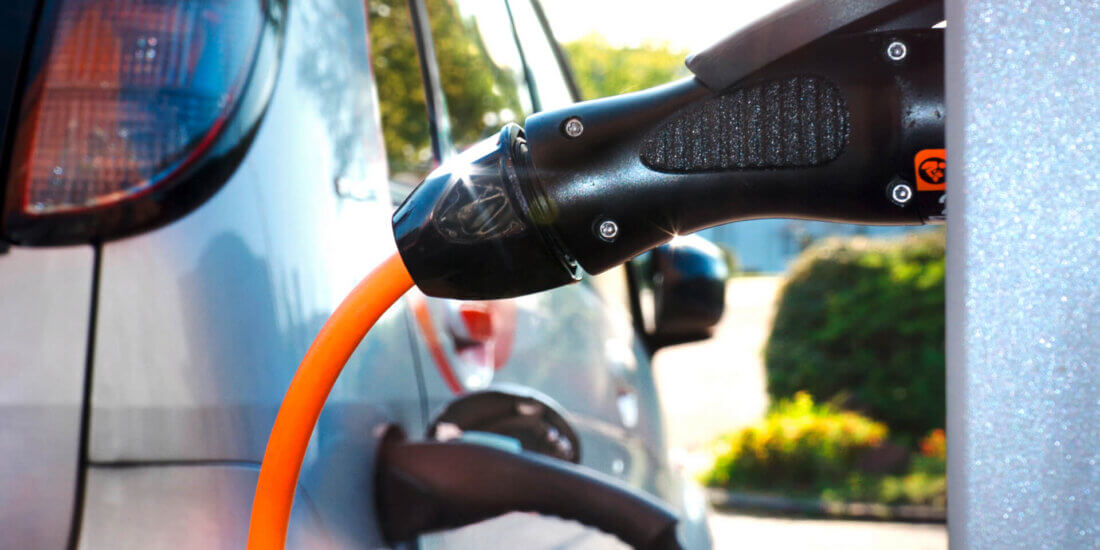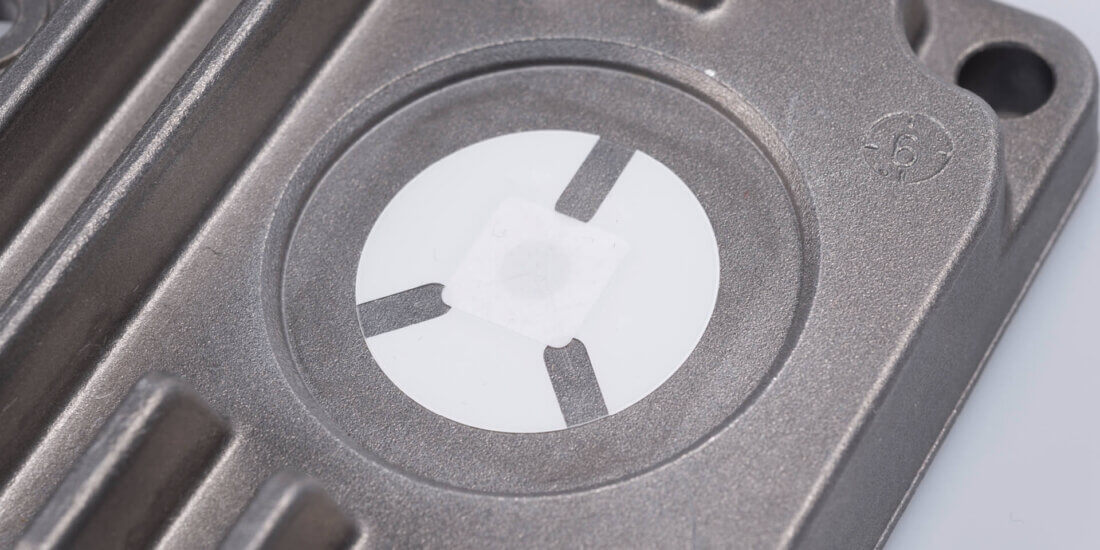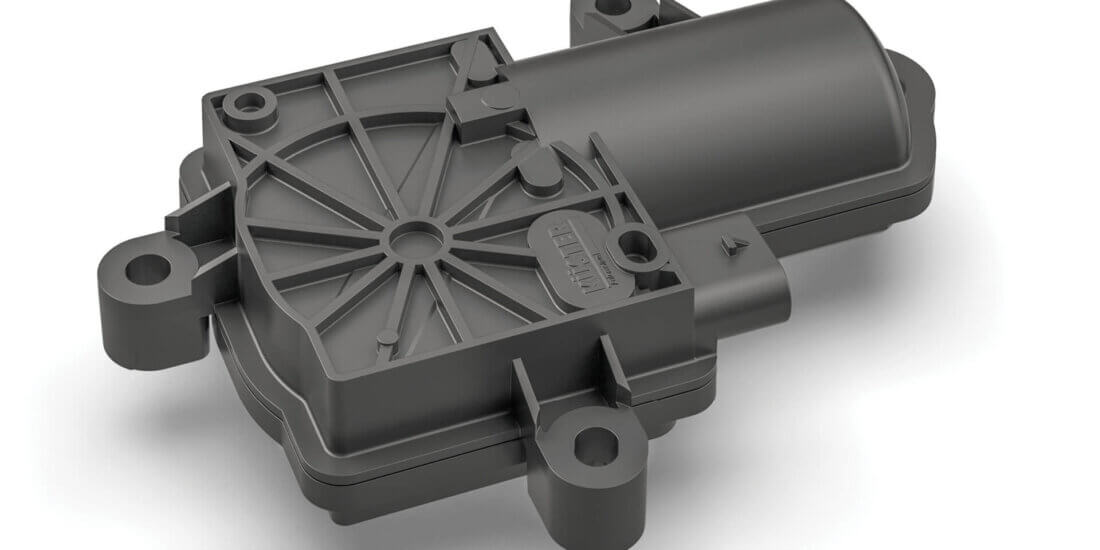Let There Be Light: PCS in Vehicle Lighting
SCHREINER PROTECH
Let There Be Light: PCS in Vehicle Lighting
Light is deemed to be one of the most important safety factors on the road. In the area of vehicle lighting, the automotive industry increasingly focuses on adaptive lighting systems, laser light, or matrix LED. Reliable on-board venting elements ensure that drivers don’t find themselves standing in the dark. Schreiner ProTech sets new standards for self-adhesive membrane elements used in venting elements paired with precision dispensing and testing systems. Because: no light, no sight!
Before being used, pressure compensation seals (PCS) must survive a range of functional tests: decisive performance characteristics for all membranes are air permeability (airflow), water entry point (WEP), and their oleophobic character (repelling oil and dirt).
For PCS used in vehicle lighting applications, there’s a small additional task: The moisture vapor transition rate (MVTR) plays an additional key role. MVTR describes the permeability of a membrane for water vapor. The higher it is, the better the suitability of the membrane for use in vehicle lighting applications.
There’s a simple reason for that: The utilization of PCS in lighting applications is supposed to prevent condensation. Fogging of the headlights reduces lamp performance and increases the safety risk. “From a purely scientific point of view,” explains PCS Product Manager Adrian Marggraf, “water vapor permeability is nothing but a diffusion event. However, compared to air permeability this is a test that takes time. Airflow testing is a matter of seconds or minutes, whereas MVTR measurements not only take hours but days.”
That investment of time, however, is crucial for the membrane’s future use. The test is not identical for all membranes. Type, thickness, and size of the material make a difference. “Another factor in conjunction with pressure compensation seals used in vehicle lighting applications is precise and automatic processing and subsequent testing of the pressure compensation seals,” Adrian Marggraf adds. “Because we produce processing and testing systems, adapted to the respective PCS, in-house we can support customers from the initial idea to the prototyping and pre-production stage all the way to adoption for mass production.” That’s a decisive aspect because, due to the high venting volumes, the membranes may exceed the standard dimensions.
The demand for reliable venting systems for innovative lighting technologies keeps growing. After all, fogged headlights cast a poor light on the whole vehicle. From that perspective, pressure compensation seals not only ensure the performance of the lighting system but also of the high-grade appearance of the vehicle. A total package for which Schreiner ProTech offers suitable solutions.









